LGBTQ+ Literature Finally Being Taught
Cover of novel entitled “October Mourning A Song for Matthew Shephard”
March 22, 2022
Banned books and controversial topics in schools are issues that have been recently causing a divide across the country. With Florida’s “Don’t Say Gay” Bill being a hot topic in the news, many teachers are afraid to approach topics that regard the LGBTQ+ community. Defying these odds is where Sahuaro’s own Ms. Lange comes in, who has decided to add the poetry novel October Mourning to her lesson plan.
On October 6th, 1998, a gay twenty-one-year-old man named Matthew Shepard was lured by two young men into their truck, who then brutally beat and tied him to a fence on the outskirts of Laramie, Wyoming, where he was left to die. Five days later, Leslea Newman arrived on the campus of the University of Wyoming to give a keynote speech for their Gay Awareness Week. “October Mourning is Leslea Newman’s deeply personal response to the events of that tragic day and its brutal aftermath,” reads the description of the novel. The novel explores the impact of the vicious attack through various points of view in sixty-eight powerful poems.
“I feel that my sophomore honors classes are mature enough to handle it,” said Ms. Lange. “I also think that it is time we include the marginalized group of the LGBTQ+ community in our literature…because it’s a new topic, it can be awkward to teach and it’s very sensitive, so many teachers will shy away from that. I have worked extensively with TUSD’s Multicultural department to ensure that typically marginalized groups are incorporated into the everyday curriculum, as a result, I take more risks with the literature I offer, and have a willingness to explore topics that take me out of my comfort zone, researching and learning how to teach these sensitive topics.” Lange is going the extra mile to make sure that all of her students can see themselves portrayed in the literature that they read. “It’s about hate crimes, and not just against groups that we normally talk about such as with the Jewish community or African Americans. I really wanted to include the LGBTQ+ community as well.”
When asked why this book was chosen in particular, Ms. Lange responded, “It’s beautifully written, it’s something we can read as a class so you’re not alone, and it’s just so creative. It’s actually something that changed the FBI definition of a hate crime by adding sexuality and gender, Matthew Shepard changed that definition.” When Lange first introduced the piece to her classes, she asked them if they had read any pieces of literature at school that regarded the LGBTQ+ community; from the class I observed, only one person rose their hand.
“It’s been a long time coming,” said one of Lange’s sophomores, Katie Gabrick. “I’m glad this is being taught now.” Another of her sophomores stated, “I feel like we should’ve been taught about the community since we were children, because then the stuff we’re going through now wouldn’t be such a big deal to teach. It would be normalized.” Yet another stated, Sexuality should be discussed because kids need to know that different relationships exist in this world. It widens a student’s understanding of humanity and why everyone should be treated equally.”
Ms. Lange is hoping her students learn to be more understanding and empathetic while reading the novel. “I hope they realize how hateful derogatory slurs can be against anybody, and just know that I want to teach in an all-inclusive way, and that I am making that effort.” For many students, reading is viewed as a safe place to escape to, which is why it’s so important for everyone to see themselves in the character’s they explore. Sahuaro is lucky to have Lange, a teacher dedicated to making her kids feel seen.

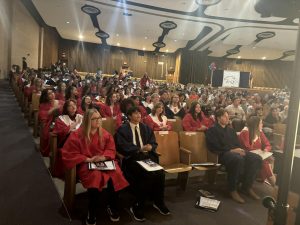


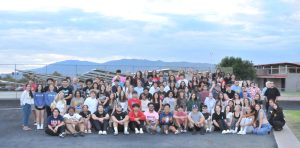


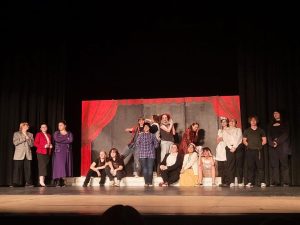


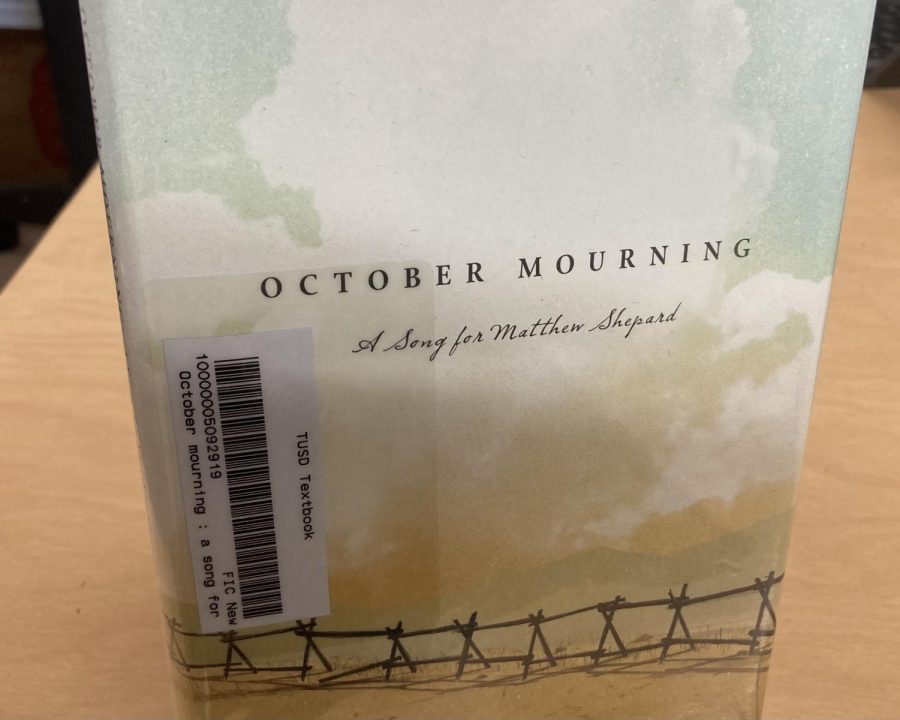
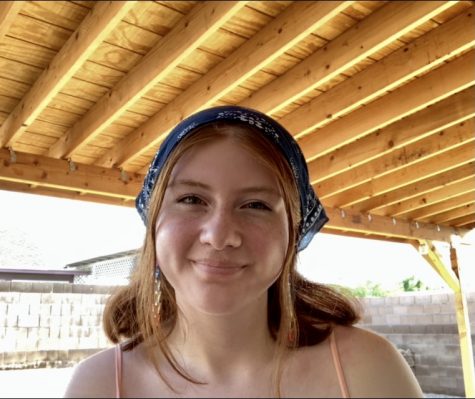
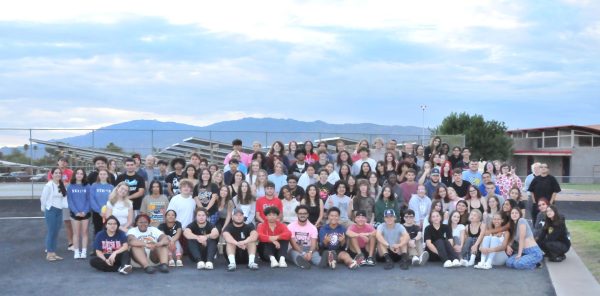


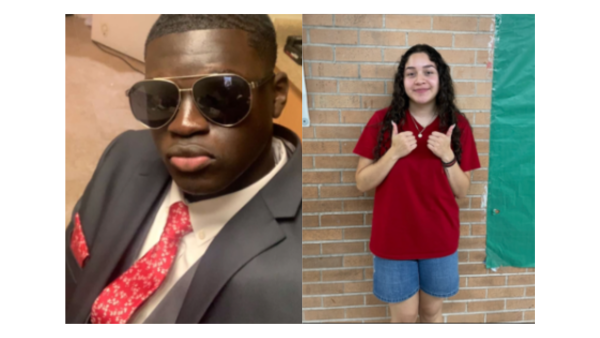
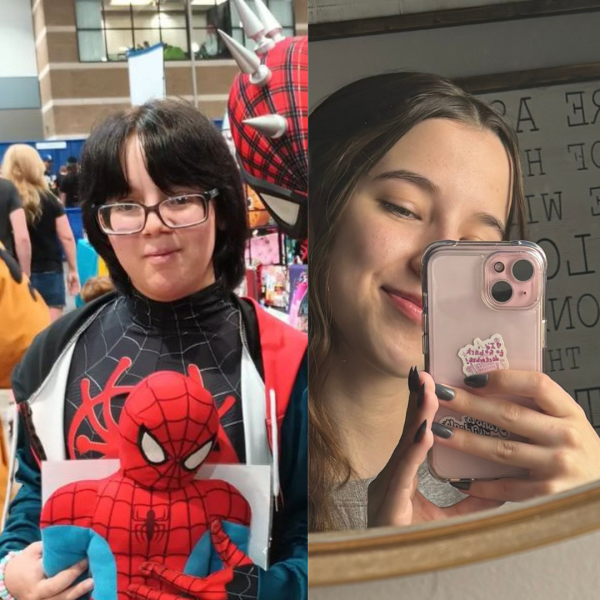

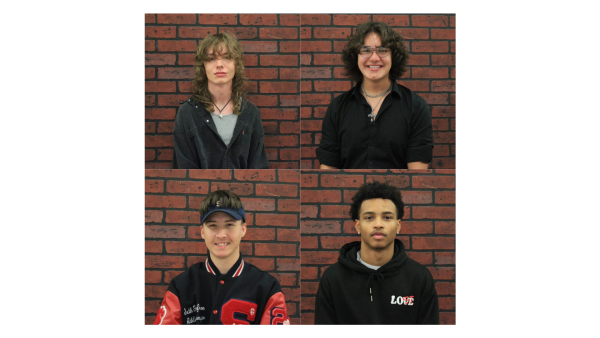

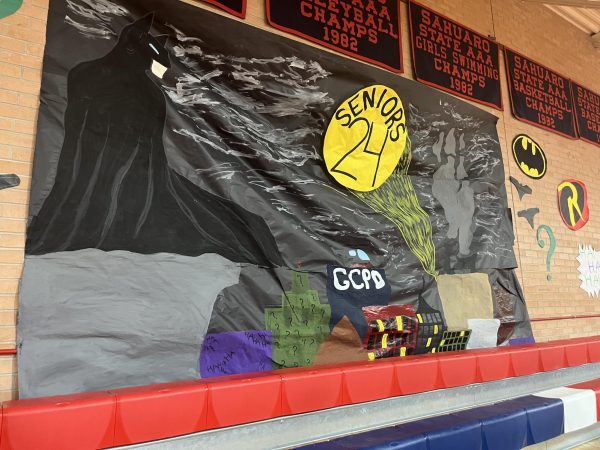

Osiago • Mar 24, 2022 at 12:59 pm
Sahuaro – you are lucky to have Ms. Lange. Over the years, she has changed and touched the lives of several students with her right mix of compassion and challenge.